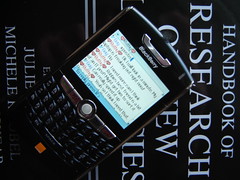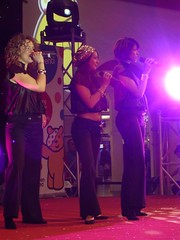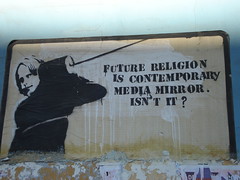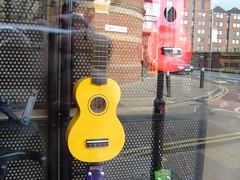
Black
PewInternet have made a headline out of an observation that I've been making on and off for the last seven years: Teens write a lot, but they do not think of their emails, instant and text messages as writing. The comment is drawn from work with 8 focus groups in 4 US cities and a telephone survey of 700 parent/child pairs. You can download the whole report here or look at the IRA blog headlines here. The bottom line is that teenagers' lives are text-rich, but because their writing is embedded in their social interactions, and because the technology is therefore rendered invisible, they don't think they're writing - just communicating. The survey headlines show that 85% of the 12-17 year olds were using e-communication, but that 60% of them didn't consider it to be writing. There's an obvious gap, then, between literacy in their everyday lives and schooled literacy, and the survey does suggest that: educational institutions know they must review what constitutes effective institutional practice (2008:3) in writing. But do they? I would argue that the dominant view, at least in the UK, is that e-communication is undermining or even contaminating standards of academic writing. Could it be, though, that social uses of e-communication are simply more compelling than school literacy practices? In the light of this, I was interested to learn what the teenagers in the survey said would improve their writing. Over three quarters felt that if schools used more computer-based writing tools, their work would improve. That's not surprising, but still good to hear. Similarly, in overviewing everday writing in out-of-school contexts, there's nothing new: Effective communication, self-expression and self-presentation, and social connection are among the prime motivations behind the writing teens do in blogs, social network posts, emails and instant and text messages (2008:62).









